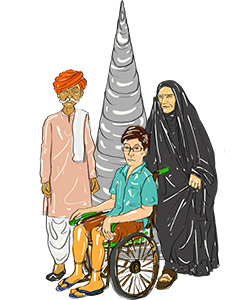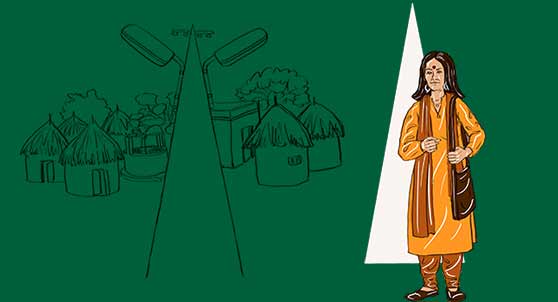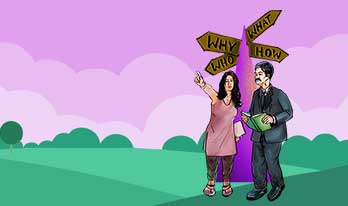
Collecting, distilling, and actioning local risk and resilience perspectives

Integral World is committed to prioritizing the well-being and empowerment of individuals, making it our primary focus to support the SDGs. By striving towards the SDGs, our objective is to ensure that every person has access to education, healthcare, and basic necessities. We strongly advocate for equality, social inclusion, and human rights to foster a world where everyone can flourish and achieve their maximum potential.
Integral World actively contributes to the SDGs by promoting and facilitating access to high-quality education, healthcare, and social services. We work towards eliminating poverty, reducing inequality, and creating equal opportunities for all. Through programs that enhance individuals’ capabilities, advocacy efforts, and active community involvement, we empower people and communities to actively participate in their own development and enhance their well-being.
In pursuit of the SDGs, Integral World strives to promote inclusive and equitable access to education, healthcare, and social services. We lend our support to initiatives that promote gender equality, empower marginalized communities, and safeguard the rights of vulnerable populations. By advocating for social justice, upholding human rights, and fostering community engagement, we make significant contributions towards establishing a society where every individual can thrive and realize their full potential.
Integral World is committed to working towards SDG 1 (No Poverty), SDG 2 (Zero Hunger), SDG 3 (Good Health and Well-being), SDG 4 (Quality Education), and SDG 5 (Gender Equality) under the People category because we firmly believe that the well-being and empowerment of individuals are essential for sustainable development. By prioritizing these goals, we aim to create a world where every person has equal access to opportunities and can lead a dignified and fulfilling life.
In line with SDG 1, Integral World recognizes that poverty is a multidimensional issue that affects various aspects of individuals’ lives. We work towards eliminating poverty by promoting access to education, healthcare, and basic necessities. By addressing the root causes of poverty and implementing sustainable poverty reduction strategies, we strive to create inclusive societies where no one is left behind.
Integral World is dedicated to achieving SDG 2 by addressing the issue of hunger and promoting food security. We support sustainable agricultural practices, improve access to nutritious food, and advocate for efficient food distribution systems. By collaborating with local communities and relevant stakeholders, we aim to eliminate hunger and ensure that everyone has access to safe, sufficient, and nutritious food.
Concerning SDG 3, Integral World recognizes the importance of good health and well-being in enabling individuals to reach their full potential. We promote preventive healthcare, improve access to essential medicines and vaccines, and strengthen healthcare systems. By working closely with governments, healthcare providers, and community organizations, we strive to improve health outcomes, reduce health inequalities, and enhance overall well-being.
Integral World is dedicated to advancing SDG 4 by promoting quality education for all. We believe that education is a powerful tool for empowerment and socio-economic development. We collaborate with governments, educational institutions, and communities to enhance educational infrastructure, provide teacher training, and develop inclusive learning environments. By advocating for equal access to education and addressing barriers such as gender inequality and lack of resources, we aim to equip individuals with the knowledge and skills necessary to thrive in a rapidly changing world.
In alignment with SDG 5, Integral World is committed to achieving gender equality and empowering women and girls. We work towards eliminating gender-based discrimination and violence, promoting women’s empowerment and leadership, and ensuring equal access to opportunities in all spheres of life. By collaborating with governments, civil society organizations, and communities, we strive to create a society where women and girls can exercise their rights, fulfill their potential, and actively contribute to social, economic, and political progress.
I’ve learned that people will forget what you said, people will forget what you did, but people will never forget how made them feel.

We help establish and act towards maximising the positive impact

We encourage you to look at the conscious side of capitalism

We empower our representatives to transform the system for good

We endeavour to help establish longlasting legacy

We enable you to root extensively and nourish all

Strategise
We are adept at aligning with your thoughts

Outreach
We can lead you in the right direction to rightful space

Action
We strive to steer you on a
steady course